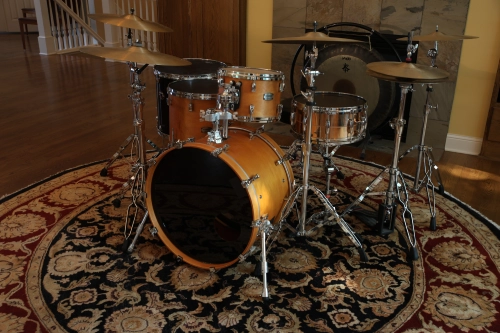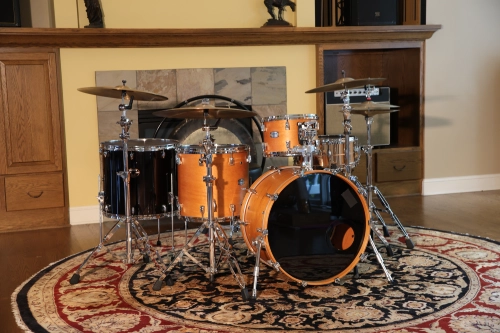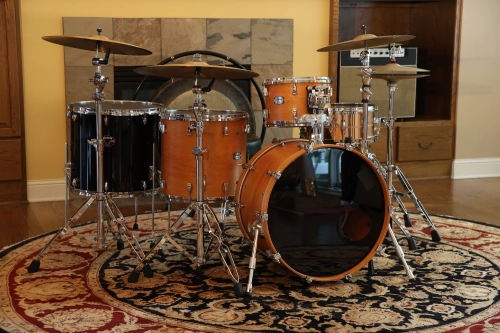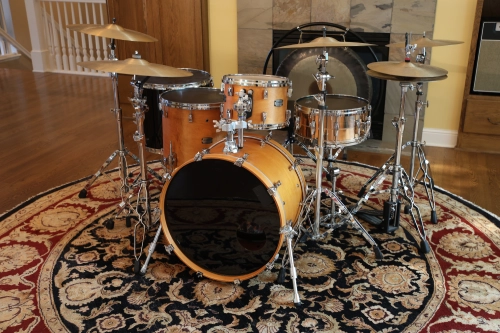LESSONS: Drums & Percussion




If a student is interested in learning two instruments, I would recommend drums as the second instrument almost as much as the piano. All musical training involves manipulating divisions of time, and percussion training isolates this aspect of musical syntax. Also, as an adjunct to learning another instrument, it requires less time investment to achieve benefit than does the piano. Percussion training is an excellent adjunct for young students learning either piano or guitar as a primary instrument.
Concurrent study of piano and drums/percussion is an exceptionally beneficial training format, especially given that the pitched orchestral percussion instruments such as marimba, et al are structurally identical to the piano.The physical technique for playing each is unique, however the logic is the same. Even more importantly, understanding the grammar and syntax of both piano and drum/percussion music gives the student an overwhelmingly comprehensive survey of musical vocabulary overall. Within most musical genres, mastering syncopation is a significant aspect of guitar training, making percussion an excellent complement to guitar study for beginners and more experienced students alike.
As the sole instrument for the beginning student, drums are excellent choice as well. For one, it is inherently compelling; especially for kids. Students that start with the drums tend to stick with it longer - and work at it more - than with most other instruments. It is the closest thing to the kind of enjoyment that comes from improving at a sport. It’s fun to shoot baskets and swing at the batting cages, and it’s fun to build sticking speed. There is an excellent intellectual benefit to drum/percussion training as well. It is inherently mathematical. Try counting in intervals of one, three, and four simultaneously. In the context of jazz and many genres, it is the drummer/percussionist that often possesses the highest level of musical acuity and functional understanding in an ensemble.
While I incorporate notation reading gradually with all instruments - and according to the individual student’s skills and interests - I advocate learning to read notation the earliest for drum/percussion students. One reason for this is that it is a limited “universe” - i.e. the learning curve for reading drum notation is more approachable than it is for piano and, especially, the guitar. Even more importantly, the relationship between rhythm and written notation is more intuitively immediate with the drums than it is with many pitched instruments - especially polyphonic instruments like the guitar and piano - making the learning of notation a highly effective means of understanding the instrument in the early stages of study.
